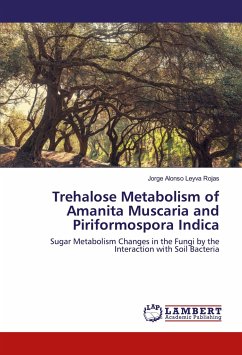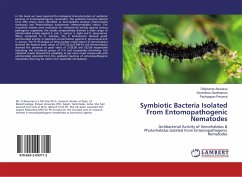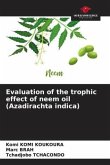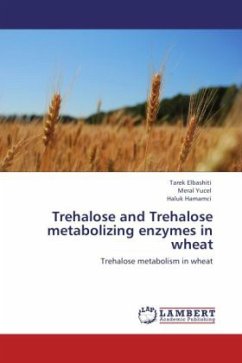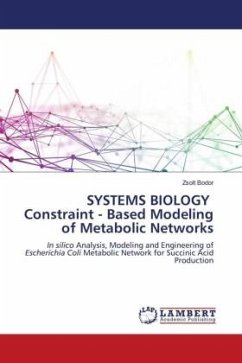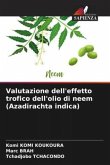The sugar trehalose acts not only as a storage carbohydrate but is also a stress protectant in yeast and in filamentous fungi. This book contains the analysis of the trehalose metabolism of ectomycorrhizal fungus Amanita muscaria and the symbiotic fungus Piriformospora indica in response to soil bacteria interaction. Many functions of the disaccharide trehalose have been observed. The levels of this sugar may vary greatly in certain cells depending on the stage of growth, the nutritional stage of the organism or cell, and the environmental conditions prevailing at the time of measurement. The accumulation of this sugar is considered as a crucial defense mechanism that stabilizes proteins and biological membranes under stress conditions. In fungi, trehalose is an important component in spores, where its hydrolysis is a major event during early germination to produce glucose to obtain energy.
Bitte wählen Sie Ihr Anliegen aus.
Rechnungen
Retourenschein anfordern
Bestellstatus
Storno

